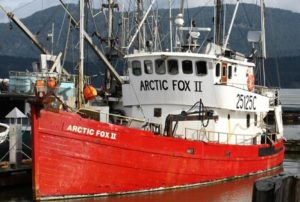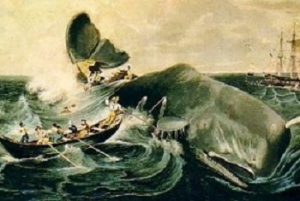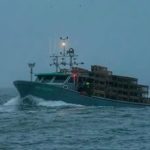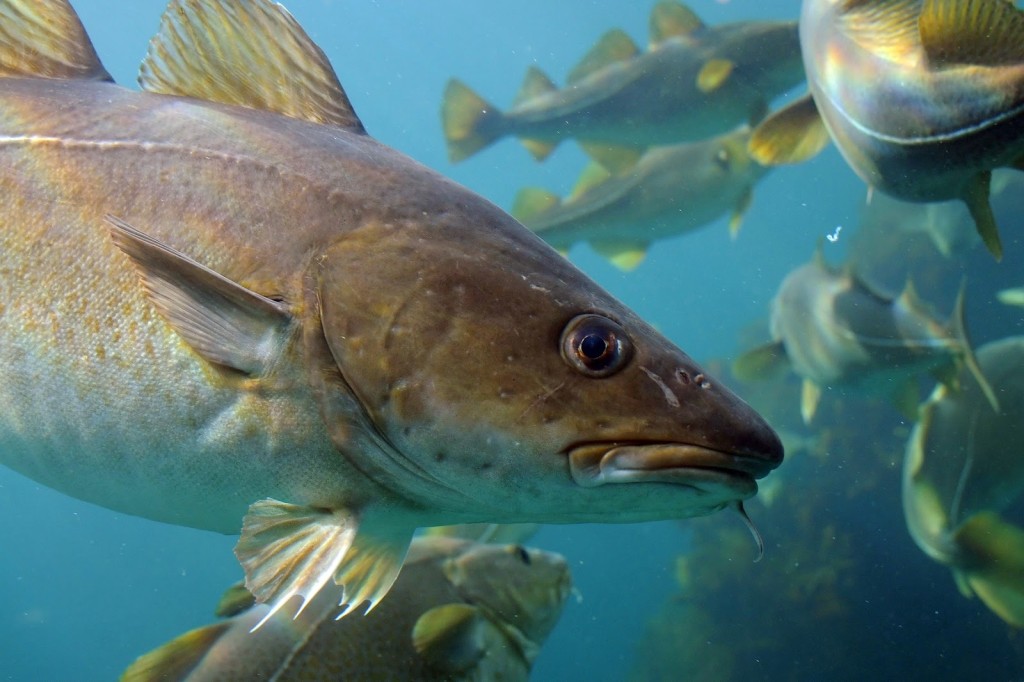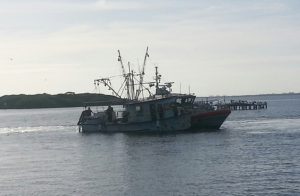Tag Archives: juvenile salmon

Cool ocean waters, abundant nutrients look good for Washington salmon
Scientific markers used to predict the health and productivity of marine species such as juvenile salmon were positive in 2021, the second most favorable since 1998, according to analysis from NOAA. Fisheries biologists are cautiously optimistic that those conditions will persist into the near future, supporting the health of juvenile, ocean-run salmon off the coasts of Washington and Oregon. The report looked at a number of oceanic health markers: atmospheric conditions, water temperature, salinity, oxygen levels, current movement, and biomass of Chinook and Coho salmon, along with food sources such as plankton and small crustaceans. >click to read< 13:55
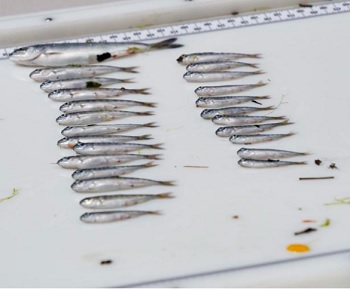
Serious fish kill consumes the Klamath River
As it enters the Yurok Reservation, the Lower Klamath River is as picturesque as it gets. Clear water rushes over gentle rapids, framed by verdant hills and a cerulean sky. An untrained eye would never notice the devastation beneath the surface — save for the tiny fish floating lifeless in the water. Over the past several weeks, an outbreak of the parasite Ceratonova shasta has ripped through young salmon throughout the lower reaches of the Klamath watershed. Driven by high temperatures and low flows out of Iron Gate Dam, the disease is resulting in what the Yurok Tribe is calling a “catastrophic” fish kill. photos, >click to read< 09:36
Only 3 percent of juvenile salmon survived California drought in 2015
 Only 3 percent of the juveniles of an endangered salmon species survived the drought along the Sacramento River in 2015 despite extraordinary efforts by federal and state officials to save them, federal officials said Monday. It marked the second straight year that the vast majority of juvenile winter-run Chinook salmon were cooked to death on the Sacramento, according to data released by the National Marine Fisheries Service. In 2014, only 5 percent of the juveniles survived. Read the rest here 14:42
Only 3 percent of the juveniles of an endangered salmon species survived the drought along the Sacramento River in 2015 despite extraordinary efforts by federal and state officials to save them, federal officials said Monday. It marked the second straight year that the vast majority of juvenile winter-run Chinook salmon were cooked to death on the Sacramento, according to data released by the National Marine Fisheries Service. In 2014, only 5 percent of the juveniles survived. Read the rest here 14:42






 Using tags surgically implanted into thousands of juvenile salmon, UBC researchers have discovered that many fish die within the first few days of migration from their birthplace to the ocean. “We knew that on average 10 to 40 million smolts leave Chilko Lake every year and only about 1.5 million return as adults two years later,” said Nathan Furey, researcher and a PhD candidate in the faculty of forestry. “It’s always been a mystery about what happens in between.” More than 2,000 salmon were tracked over four years and researchers found that survival was poor in the clear and slow-moving Chilko River, where predators were feeding intensely on the smolts. Once in the murky and fast-flowing Fraser River, the salmon travelled day and night, covering up to 220 km per day, and experienced nearly 100 per cent survival. The researchers believe that in these waters, predators have difficulty finding and getting to the fish.
Using tags surgically implanted into thousands of juvenile salmon, UBC researchers have discovered that many fish die within the first few days of migration from their birthplace to the ocean. “We knew that on average 10 to 40 million smolts leave Chilko Lake every year and only about 1.5 million return as adults two years later,” said Nathan Furey, researcher and a PhD candidate in the faculty of forestry. “It’s always been a mystery about what happens in between.” More than 2,000 salmon were tracked over four years and researchers found that survival was poor in the clear and slow-moving Chilko River, where predators were feeding intensely on the smolts. Once in the murky and fast-flowing Fraser River, the salmon travelled day and night, covering up to 220 km per day, and experienced nearly 100 per cent survival. The researchers believe that in these waters, predators have difficulty finding and getting to the fish. 


























